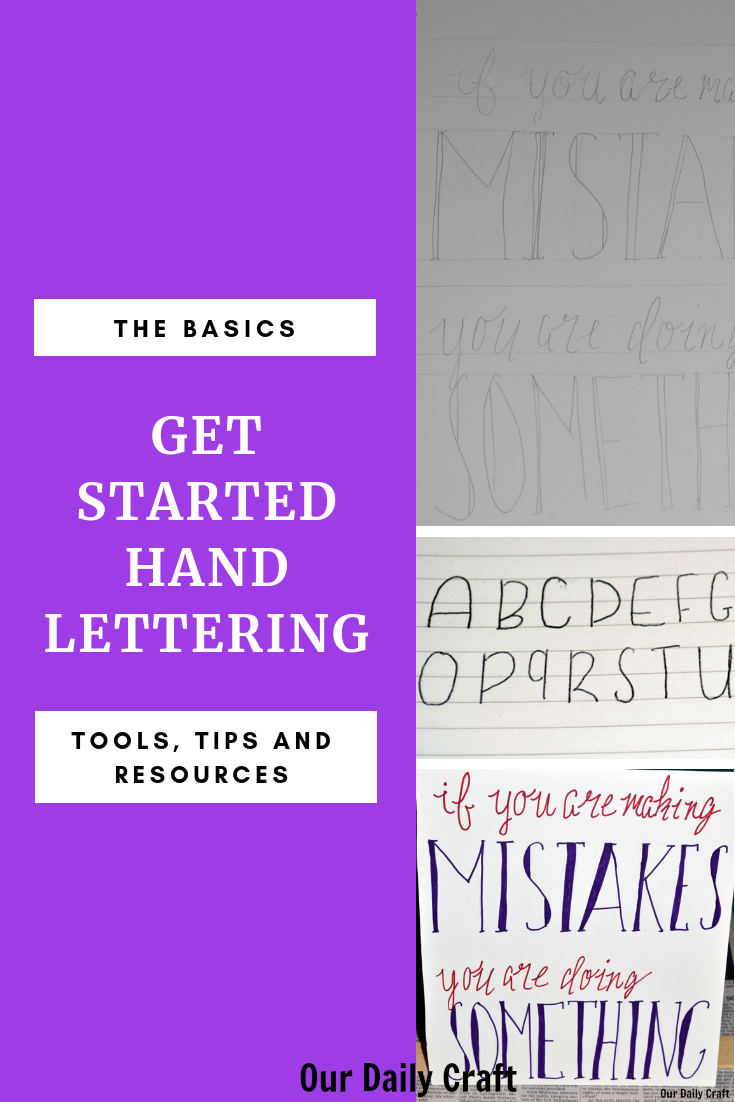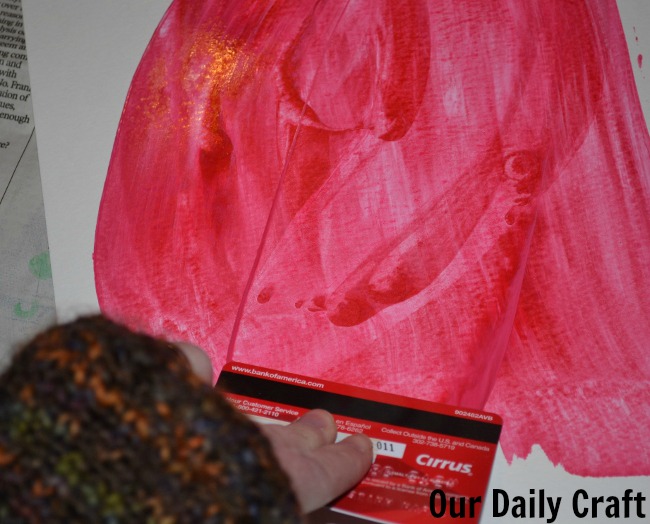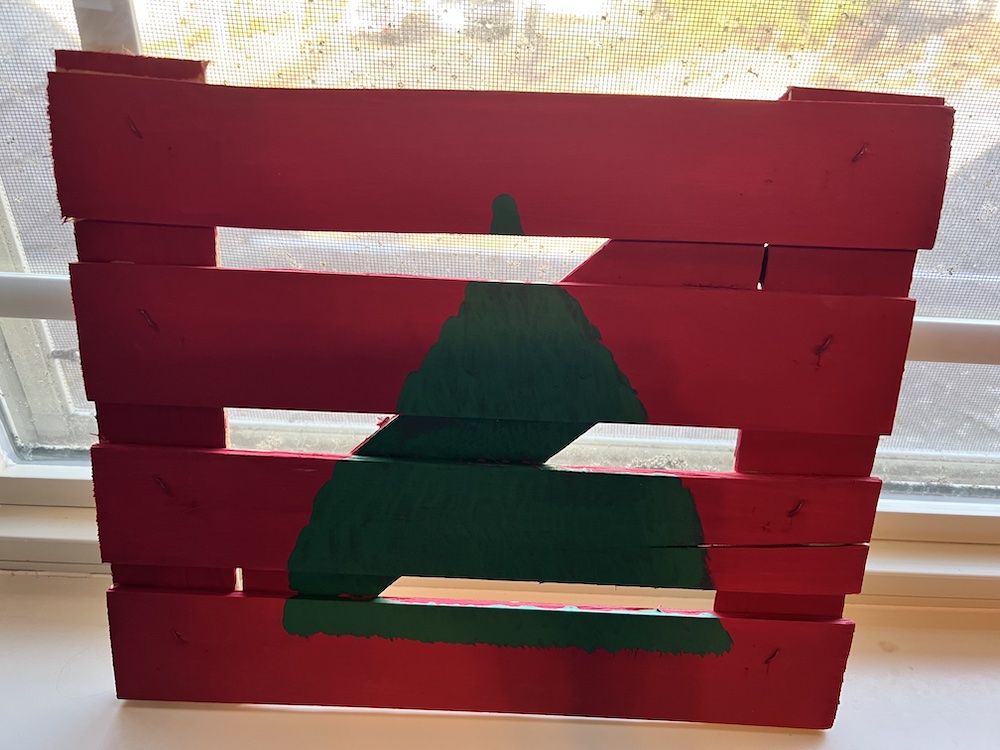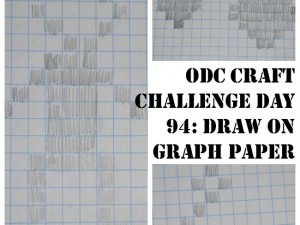Affiliate links may be included for your convenience. View our privacy and affiliates policy for details.
I’ve always wanted to learn hand lettering, but man I am lazy. Here’s the least you need to know to get started.
Hand lettering has been a big trend in decor for a long time now, whether people do the lettering themselves or use a computer font to make something with a hand-lettered look. (I’ve even done a fake version for my Back to School chalkboard sign, but I hope I can up my game this year.)
A few years ago I attempted a 100 Day Project related to hand lettering, and I will say consistent practice helped my skills a lot. Just like with anything else, right?
If you want to learn hand lettering on your own, here are some things that will help you get started quickly.
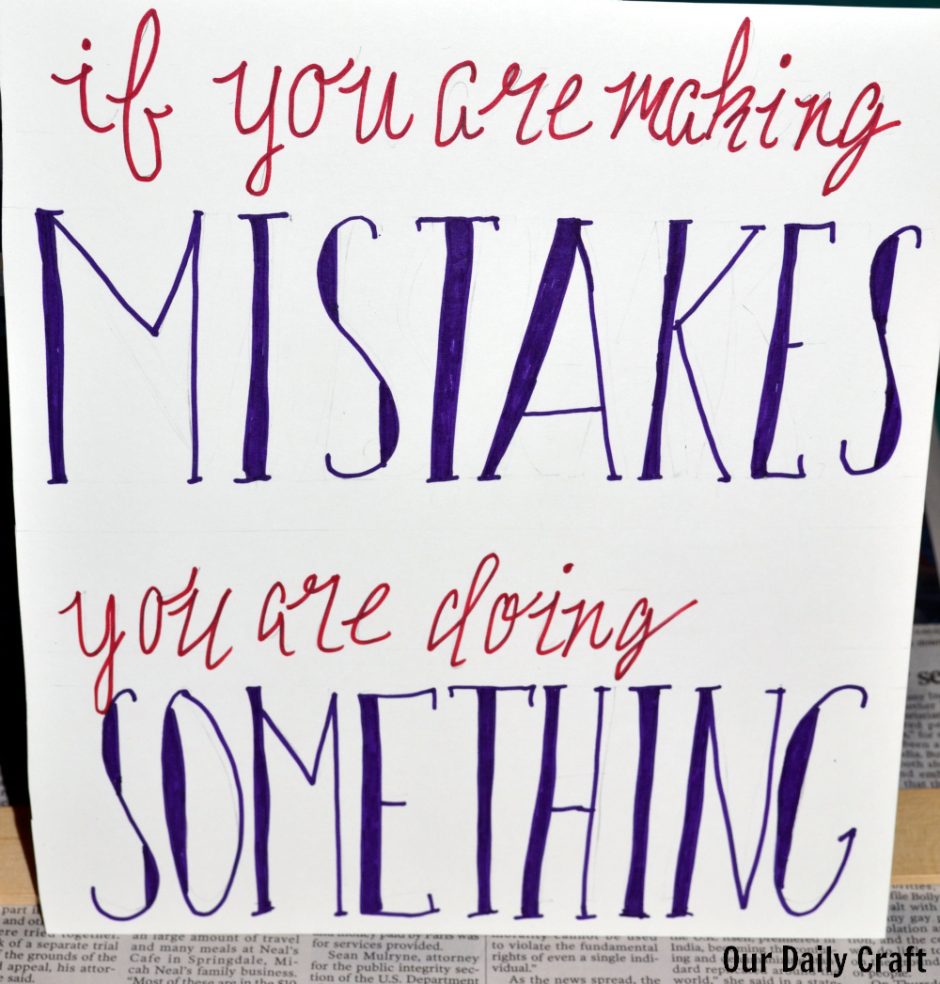
Hand Lettering Tools
If we’re being honest the only things you need to start hand lettering are some kind of paper and some kind of drawing implement. When I was doing regular practice I used a blank book and whatever marker or pen I had handy.
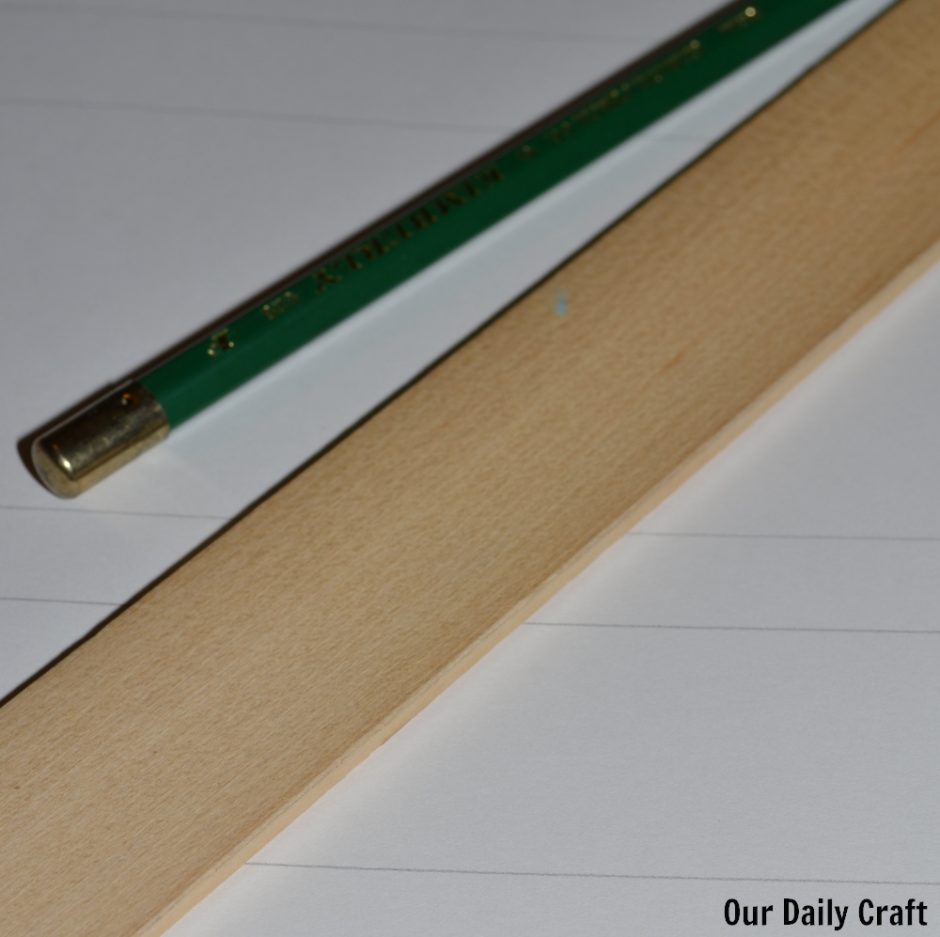
The basic tools I would recommend if you want to learn hand lettering (and you can totally find something that will work in your house while you are learning) are:
- paper: I would recommend something thicker than printer paper, such as this paper made for markers, or anything labeled as being for mixed-media use. Use individual sheets or get a sketchpad to keep your work together (and so you can see your progress).
- pencil: a regular number 2 is fine, or something finer if you have artists’ pencils lying around. A good eraser is the most essential thing. I often use an art eraser stolen from my daughter rather than using the eraser on the pencil.
- ruler: if you want to draw guide lines (which is a good idea) a ruler will help you make straight ones.
- pens, markers, colored pencils: whatever you have handy that makes color. It’s fun to have markers of different widths and colors and even some brush pens (though learning brush lettering is really a whole different thing) but if you’re just trying hand lettering out and don’t want to buy a ton of supplies, your kids’ Crayola markers will work, as will Sharpies, Flair pens or whatever you have handy.
Hand Lettering Fonts and Structure
As you learn hand lettering you will probably start with playing with fonts or styles of writing first rather than just diving in to illustrating a quote or a word.
There are a few basic types of hand lettering fonts, just like computer fonts:
- Sans serif fonts are simple fonts that are just “plain” letters without anything hanging off of them. The words in the Our Daily Craft logo at the top left of this page are sans serif.
- Serif fonts have the little things that hang off the top, bottom or side of the letters, like this text you are reading right now.
- Script fonts look like cursive.
- Block fonts are just what they sound like.
- Shadow fonts can be any kind of font that has an extra line on some or all of the letters that looks like a shadow falling on the page.
Beyond the different styles of fonts, hand lettering can have different structural components as well. For instance the weight (thickness of the lines) can vary among different fonts or even within a font. Brush style fonts, for example, tend to have thicker downstrokes (where the brush is pulled down while forming the letter).
Letters can be all caps or all lowercase, or a mix. They can be condensed, meaning the letters are close to each other, or expanded, meaning there’s more space between the letters.
And of course you can mix fonts, styles and forms all in the same project to make it more dynamic. That’s when hand lettering really gets fun.
Learn Hand Lettering Forms
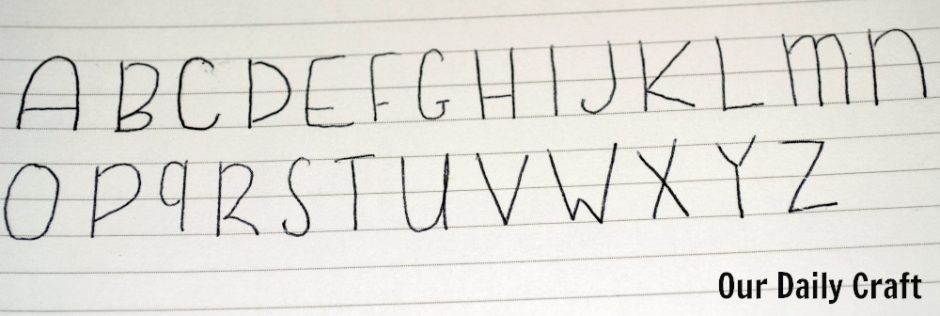
Now that you know about the forms of hand lettering fonts, it’s time to practice a little. I like to search for fonts on Pinterest (look for hand lettering fonts or hand lettering alphabets) or through a visual search on Google, then I will try to imitate that style.
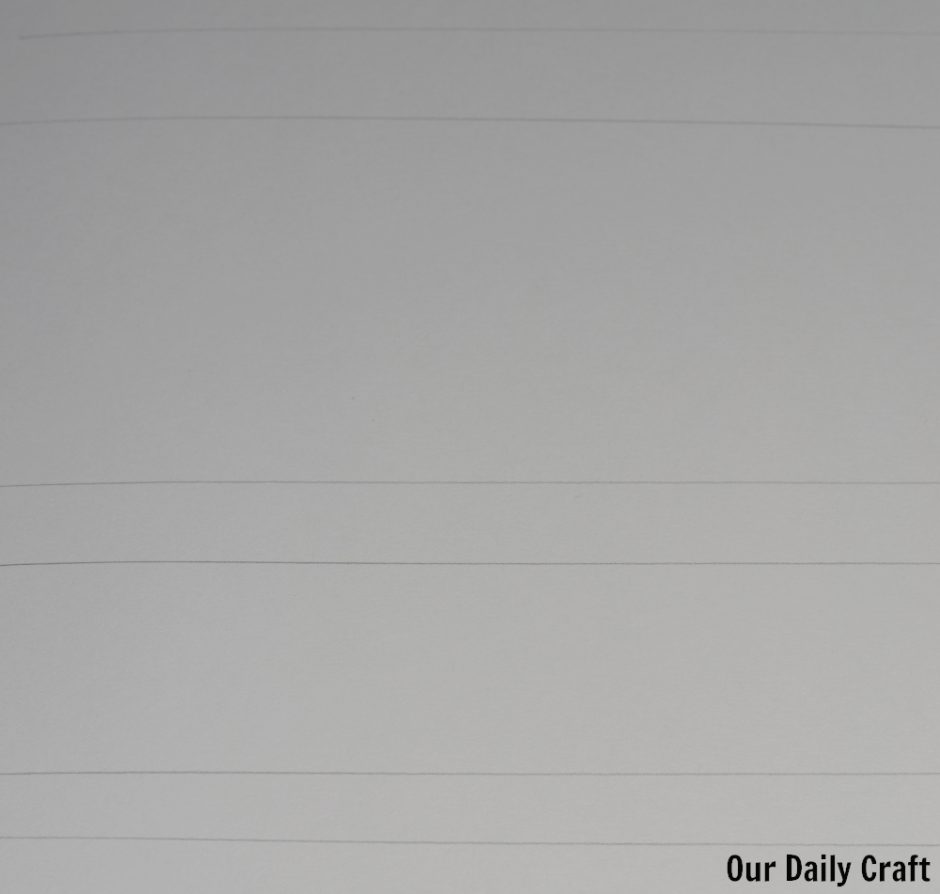
While you are practicing you can use paper that is already lined, or draw some guide lines on your paper so your letters will come out the same size.
Be aware that your lettering will probably suck for a while. That’s normal. It gets better with practice. But mistakes still happen. That’s why working in pencil first helps.
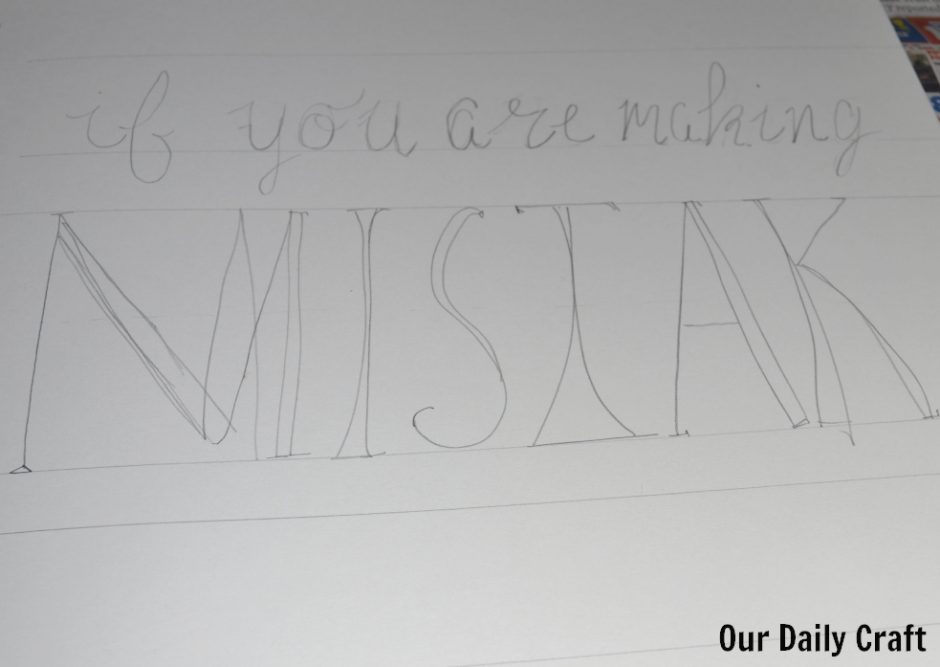
Sometimes it helps to think of it not as lettering but as drawing. If you can focus on the shape of the letter rather than the fact that you’re trying to write a letter that can make it a little easier to follow a form.
There are all sorts of inspirational projects and freebies you can get to help learn hand lettering. Scribbling Grace has an overview of different hand lettering styles with a downloadable sample alphabet for each you can use for practice.
Every-Tuesday has a hand lettering style guide you can download that will give you different ideas for building your own fonts.
There are a lot of great books that can help you learn hand lettering as well.
Resources for Learning Brush Lettering and Calligraphy
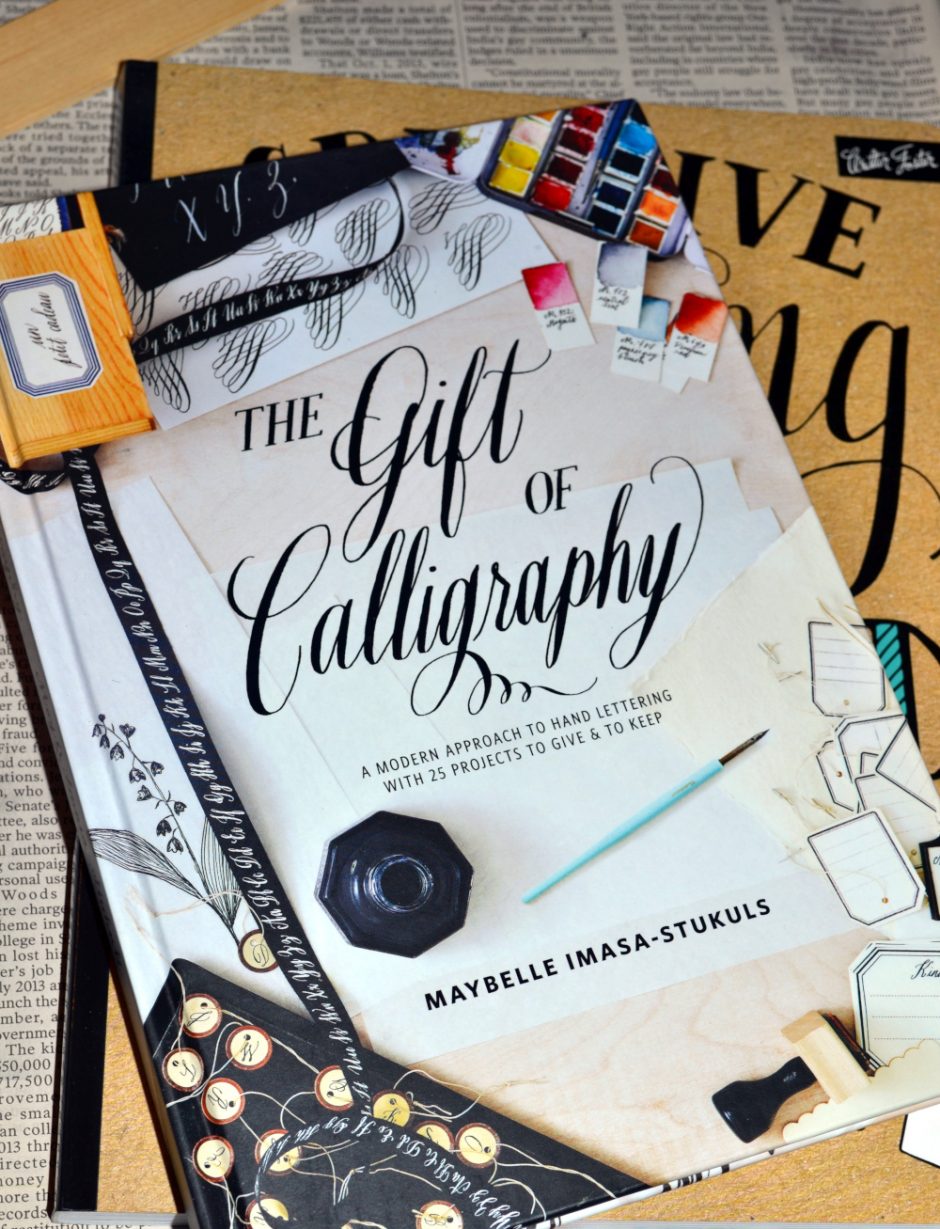
As I mentioned above, brush lettering is really a different kind of technique from other kinds of hand lettering. If you want to learn more about it, this course from Pieces Calligraphy that focuses on the form of your strokes is a great place to start.
Little Coffee Fox has some good tips to improve your brush lettering, and you can compare different hand-lettering tools with this post from Mini Penny.
You can fake the look of brush lettering using your own handwriting with this tutorial from Amy Latta Creations.
If you want to know pretty much everything you’d want to know about calligraphy, check out the book The Gift of Calligraphy: A Modern Approach to Hand Lettering with 25 Projects to Keep and Give by Maybelle Imasa-Stukuls.
This book is gorgeous and it covers everything from basic strokes to working with different kinds of inks and features projects you’ll want to give or make for yourself, from embossed stationery to calligraphy on ceramics, wooden signs and a brush-lettered tote bag. I hope one day I’m good enough to make some of these projects!
She also has a beginner calligraphy class on CreativeBug which I will definitely need to check out.
Another fun book is Creative Lettering and Beyond: Inspiring Tips, Techniques and Ideas for Hand Lettering Your Way to Beautiful Works of Art by Gabri Joy Kirkendall, Laura Lavender, Julie Manwaring and Shauna Lynn Panczyszyn.
This book covers modern calligraphy with nib pens, illustrated letting, chalk lettering and letting crafts. Each section has spaces to practice, projects to try and lots to inspire your hand lettering journey.
Have you ever tried hand lettering? I’d love to hear your tips or favorite resources. Goodness knows I still need some help!
